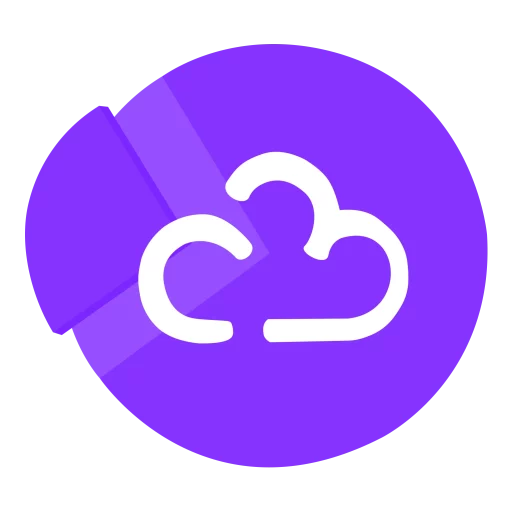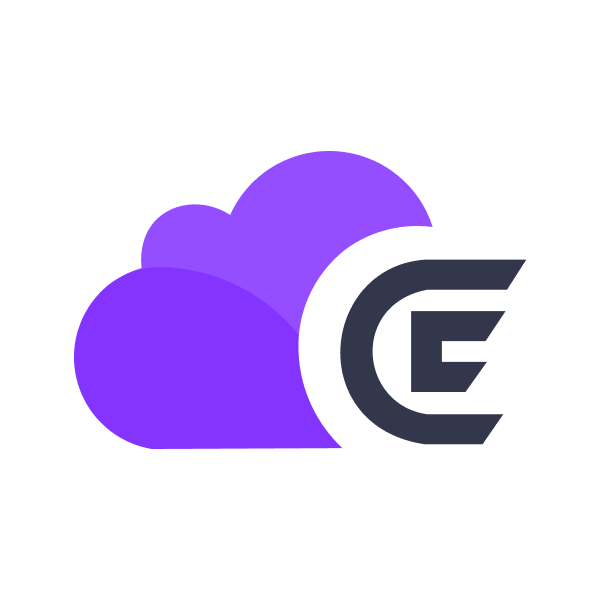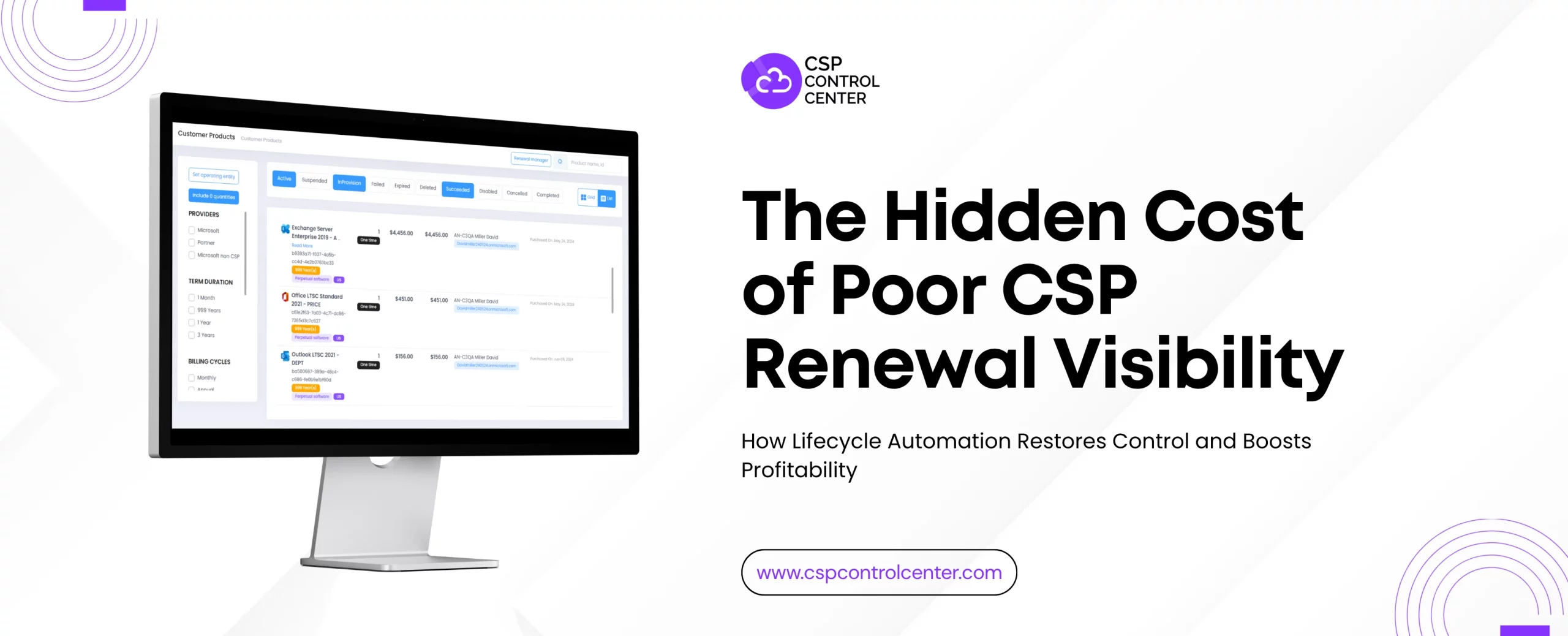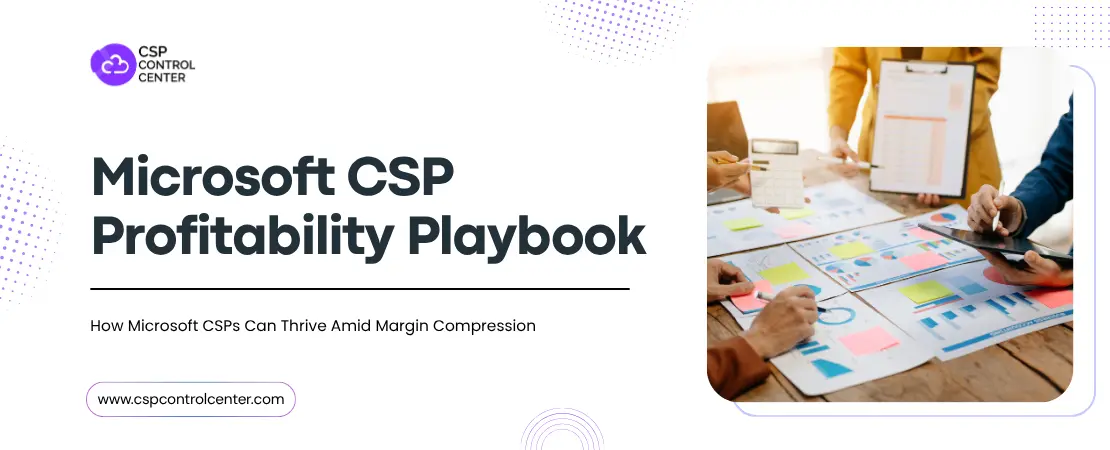With changing market dynamics, customer expectations and Cloud services, there has been a rise in the subscription-based business, with a focus on recurring invoicing and payment. With subscription-based solutions becoming the norm, there are several opportunities for CSPs to capitalize on and accelerate their business growth. However, several challenges accompany the subscription-based model. This guide will help CSPs identify those challenges as well as share best practices to navigate through them to build sustainable and scalable businesses by leveraging pureplay billing automation to streamline internal processes.
Focused on offering cloud solutions to their customers, CSPs have been exploring different modes of transactions that create a seamless customer experience, as well as a meaningful impact on the bottom line. This is when subscription-based business models for CSPs makes more sense. However, CSPs have increasingly acknowledged that transition to a subscription-based model comes with implementation and operational roadblocks which can retard business growth than accelerate it. Therefore, there has been an increasing adoption of billing automation platforms which bridge the gaps and enable CSPs to benefit from subscription-based billing. For a robust and comprehensive understanding, we have divided this blog into different sections, including:
- Decoding subscription-based model
- Traditional vs subscription-based billing: Understanding the difference
- Subscription-based billing for CSPs: Top 7 Challenges
- Build a successful subscription-based business: Top 5 tips for CSPs
- Start your subscription-based offerings with C3
Decoding subscription-based model
Let us quickly start by decoding what a subscription-based model entails and the benefits it brings along for the provider as well as the end customer. In a subscription-based model, the customer pays a recurring amount at regular intervals as opposed to one-time upfront payment for products and services. The focus of a subscription-based model is more on customer retention than acquisition.
Increasingly, customers want to buy solutions, not products. There is a shift in consumer behavior from ownership of products to purchasing outcomes and solutions. A subscription-based model provides convenience and flexibility to the customers. Customers find subscription-based pricing more attractive as it doesn’t involve a large upfront investment. As long as you provide value to your customers they will keep paying for the services. As a result, the lifetime value of a customer is increased, and you get a steady and predictable cash flow.
From a Cloud solution providers’ view, subscription-based models focus on providing end customers with cloud solutions, products, and services offered by Cloud vendors. In a subscription-based model, customers purchase the required licenses or usage for these solutions from CSPs and pay for them on a recurring basis, which allows them to scale up and down based on their requirement.
Traditional vs subscription-based billing: Understanding the difference
Next in line, it is important to understand how subscription-based billing is different from traditional models and how the former creates value for both the customers and the CSPs. Traditional billing systems have a linear flow where an order is created, and an invoice is generated against that order. Subscription-based billing has a cyclic flow where the customers have the flexibility of choosing their payment terms. Customers can choose to be billed annually, quarterly, or monthly based on their convenience. Subscription-based billing is dynamic where every change needs to be tracked and billed correctly. In traditional billing usually, a single sale model where the payment is done in one go whereas in subscription-based billing a smaller amount is billed at regular intervals. Subscription-based billing gives CSPs predictable revenue.
Subscription-based billing for CSPs: Top 7 Challenges
It is quite clear that a subscription-based business model is beneficial for all stakeholders involved. While it ensures recurring revenue for CSPs, it comes with its own set of challenges. These challenges, if not addressed timely, can lead to revenue leakages, poor customer experience, increased overhead expenses, etc. Some of the top challenges include:
Multiple billing dates
In subscription-based billing, all customers might not be billed on the same date. You might have to give the customers the choice of choosing their billing dates. For CSPs, keeping a track of these multiple dates for generating invoices is a tedious task. This can also lead to missing out on billing some customers on certain occasions leading to a loss in revenue. In the case of manually billing and payment collection, tracking late payments becomes very difficult.
Different billing cycles
In subscription-based model, your customers have the power to decide their billing cycle. They can choose to be billed monthly, quarterly, semi-annually, or annually. A CSP billing system needs to be agile to cater to the different needs of your customers. Sending out invoices having incorrect billing cycles would lead to a poor customer experience. This may also lead to delays in payments as you will have to send out fresh invoices with the correct billing cycles.
Bundling & packaging of services
Customers are increasingly looking at solutions, not just products. You can create customized packages as solutions by bundling services that align with the business goals of your customer. Bundling of services helps upselling. Creating bundles and setting their pricing can be challenging. Often these bundled offerings are at a discounted price as opposed to the individual products. These bundles should reflect the correct vendor pricing else you have the risk of selling them at a loss.
Varied discounts
Offering special promotions and discounts is a way to build a customer base, retain and increase the business from existing clients. The discounts offered could be the same for all the clients or can differ customer-wise. Managing varied discounts and offering across a large customer base manually is very time-consuming and can lead to losses if discounts are given indefinitely.
Managing multiple subscriptions
Your customers might have multiple subscriptions or products that they may have subscribed with you. Sending them multiple invoices for those services could prove to be a headache for them. Also managing multiple invoices and their payment status and follow-ups will add to your administrative costs. Preparing a single invoice for multiple products and subscriptions manually can be time-consuming and prone to errors.
Providing great customer experience
In subscription-based plans, the customer experience is of utmost importance as you have to continuously provide great service to them to maintain the business relationship. Each customer interaction can be a potential source of revenue and continue providing a seamless user experience can be a challenge for CSPs. Your service should aim at reducing the operational inefficiencies at your customer’s end. If your ordering and payment system is too cumbersome for your customer, then you will be only increasing their operational costs.
Achieving scale
A successful subscription-based business requires scale to be profitable. Managing a large customer base manually via spreadsheets is not feasible and Automation is needed to achieve scale. Doing the repetitive and tedious tasks manually is not only prone to errors but is time-consuming and costly. If your team is only focused on just managing the billing manually, they would be unable to focus on the customers. This can lead to customer dissatisfaction and loss of business.
Build a successful subscription-based business: Top 5 tips for CSPs
When building a subscription-based business, as a CSP, you need to keep in mind that the customer can cancel their subscription any time depending on their business requirements. Customers look for continuous value addition, personalized services, better experience, and instant support. With the high customer churn rate, CSP businesses should strive to adopt a more customer-centric approach to billing.
When customers receive inaccurate invoices with incorrect pricing, billing period, or being charged for services they didn’t avail it leads to an unacceptable customer experience. Customers today demand more flexibility in terms of billing be it billing cycles, dates, payment modes, etc. A billing automation system can help you explore different pricing and revenue models and help you achieve scale in a subscription-based business model. Automating the recurring billing can help you save on operational costs of hiring and training an additional team. To sustain business growth, a CSP should be ready to adapt quickly to changes. The following tips can help CSPs build, scale, and sustain subscription-based businesses successfully:
Accurate and timely billing
When you have to generate a lesser number of invoices you can do it manually in a day or two. But with an increasing number of customers having different subscriptions and pricings raising accurate invoices manually in a limited time becomes an impossible task. Accurate invoicing leads to reduced revenue leakages and lesser customer complaints. Entering information manually such as customer data, services consumed, product pricing, etc. is prone to human errors. Added to this is the ever-changing Microsoft pricing which needs you to manually update any price changes in your billing system. A delay in changing the pricing or entering the wrong pricing can lead to losses and leave you embarrassed in front of your customers.
When you use an automation tool for billing, the prices of products are automatically updated in real-time as per the sale prices defined. You always have the correct pricing of the products in your system. The automation tool also considers the different products and services your customer uses and bills them accordingly. There are very negligible chances of over-billing or underbilling a customer when you use a Billing automation tool. In case your customers add more services in the middle of the billing cycle, the automation tool will take that into account as proration while generating their next invoice. So, your customers will receive a single invoice with all their products, services, and subscriptions at a billing date that can be fixed as per them.
Gaining customer trust
A good customer experience will help you acquire and retain more customers. More number of customers translates into higher revenue for your business. Delivering what you promised is a way of building a loyal customer base. Your customers will trust you based on the solutions you provide and the level of inaccuracies they face while interacting with you. Billing is a frequent form of interaction your customer will have with you. Any inaccuracies in the billing system will lower their trust in you and your ability to deliver. Automated invoice generation that is free from errors helps in increasing the trust your customers have in you. This can help foster long-term business associations with your clients.
Self-service
Customers want to have complete control over the products and services they use. Providing your customers’ features such as self-checkout and payment provides them with the flexibility of making purchases based on their convenience. A CSP automation portal provides self-service features for your customers. This allows your customers not only the convenience of buying at their own pace, but they can access all their transaction history in one place. All their orders, invoices, receipts, credit/debit notes, outstanding payments, upcoming renewals, etc. are easily accessible. Customers have the power to upgrade or downgrade services, they can cancel or restart any service themselves. Self-service features help you provide a positive customer experience. Customers do not have to wait for sales representatives to place an order. This will also reduce customer support costs for you.
Flexible billing cycle
Allow your customers the flexibility of choosing their billing cycle. The billing date should be as per your customers’ needs and not what is convenient to you. The billing cycle should also be as per the business needs of your customer. The customers should have the flexibility of changing their billing cycles as well. Automation will reduce the burden on your finance and accounts team to keep track of the varied billing cycles of all the customers.
When you use an automation system for billing you can provide tiered pricing. The longer the billing cycle, the lower the price can be i.e., yearly subscription can be less expensive than a monthly subscription. An automated billing system can provide the tiered pricing structures at checkout and the customers can choose as per their requirements.
Offer customized discounts
Using billing automation solution, the discounting strategy can be implemented to the entire product range, some specific products or services or some special discounts can be offered to certain customer accounts. These discounts will be removed automatically at the end of the discount validity period. This way CSPs do not have to worry about manually checking the validity of each discount code. Certain discounts can be limited to only subscription purchases.
Using the automation platform, CSPs can also keep a track of how many times a particular discount was redeemed by the customers. They can then analyze what kind of discounts and promotional schemes are most attractive for the customers. This can help them understand the effectiveness of their marketing strategy as well. And can help design future marketing campaigns.
Start your subscription-based offerings with C3
With CSP Control Center (C3), CSPs can seamlessly start and scale a subscription-based business. The extensive product and technology ecosystem enables CSPs to serve their customers better and offer seamless subscriptions management experience, prevent revenue leakage by ensuring accurate and reliable billing for all subscriptions, and reduce unnecessary overheads with automation of billing ,irrespective of diverse combinations and conditions. Here is a quick snapshot of benefits that come along with C3 for CSPs:
- Customer self-service marketplace: Enabling customers to manage their subscriptions on their own.
- Opportunity to sell non-Microsoft products: Offer 3rd party subscriptions and self-value-add services for a holistic experience.
- Custom pricing and offers: Set custom margins for each subscription, offer special discounts, and bundle solutions to sell as composite offers.
- Automated invoicing: Itemized invoicing for each subscription, automatically adjusting to changes in subscription, price changes, etc.
- Smart integrations: Leverage C3’ extensive billing APIs to import invoice line-item data or subscription history to an external system.
If you are ready to revolutionize the way you manage your subscriptions as a CSP, it is time to explore the benefits C3 brings along and leverage the intuitive UI to scale your business. Book a demo today!

 CSP Control Center
CSP Control Center
 CloudEvents
CloudEvents


